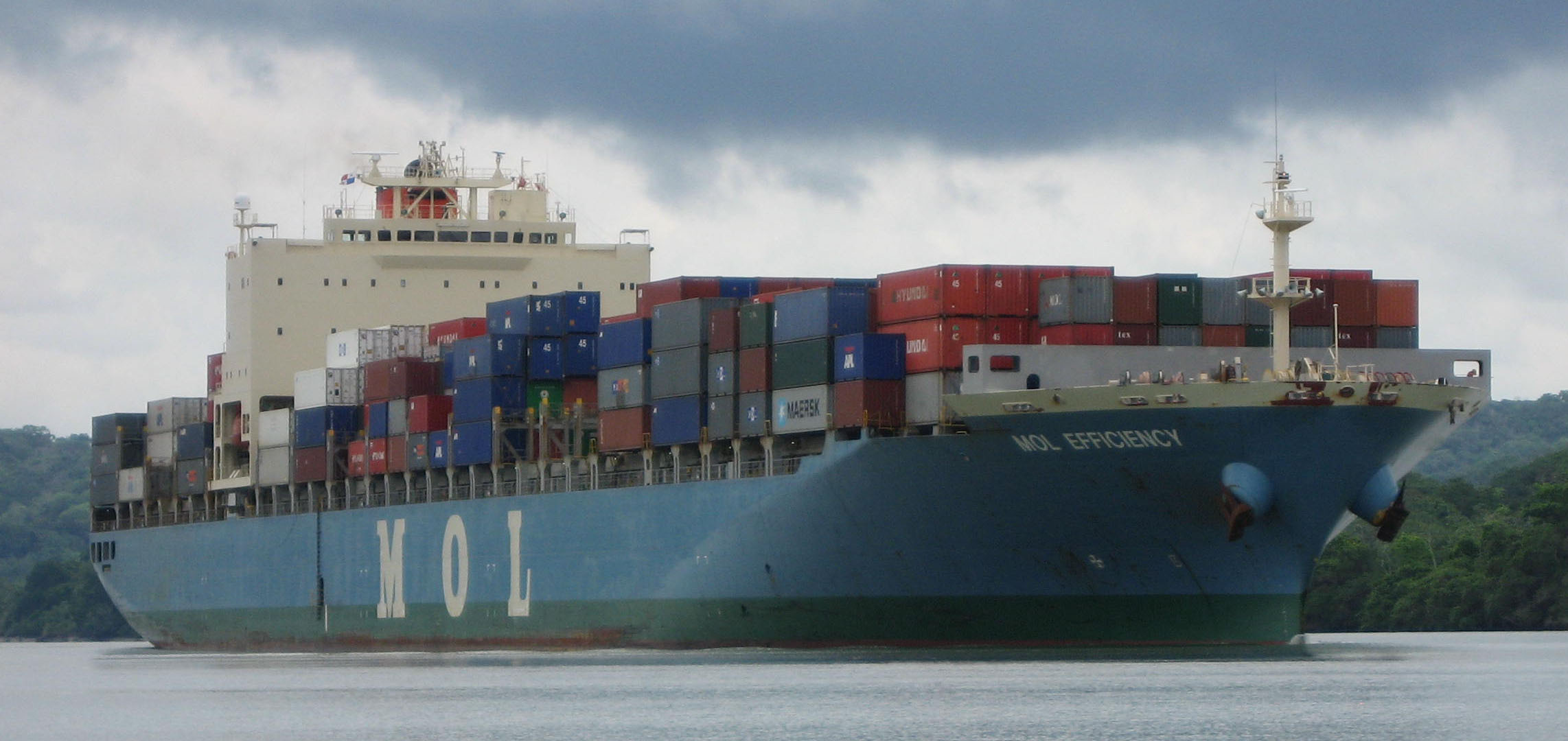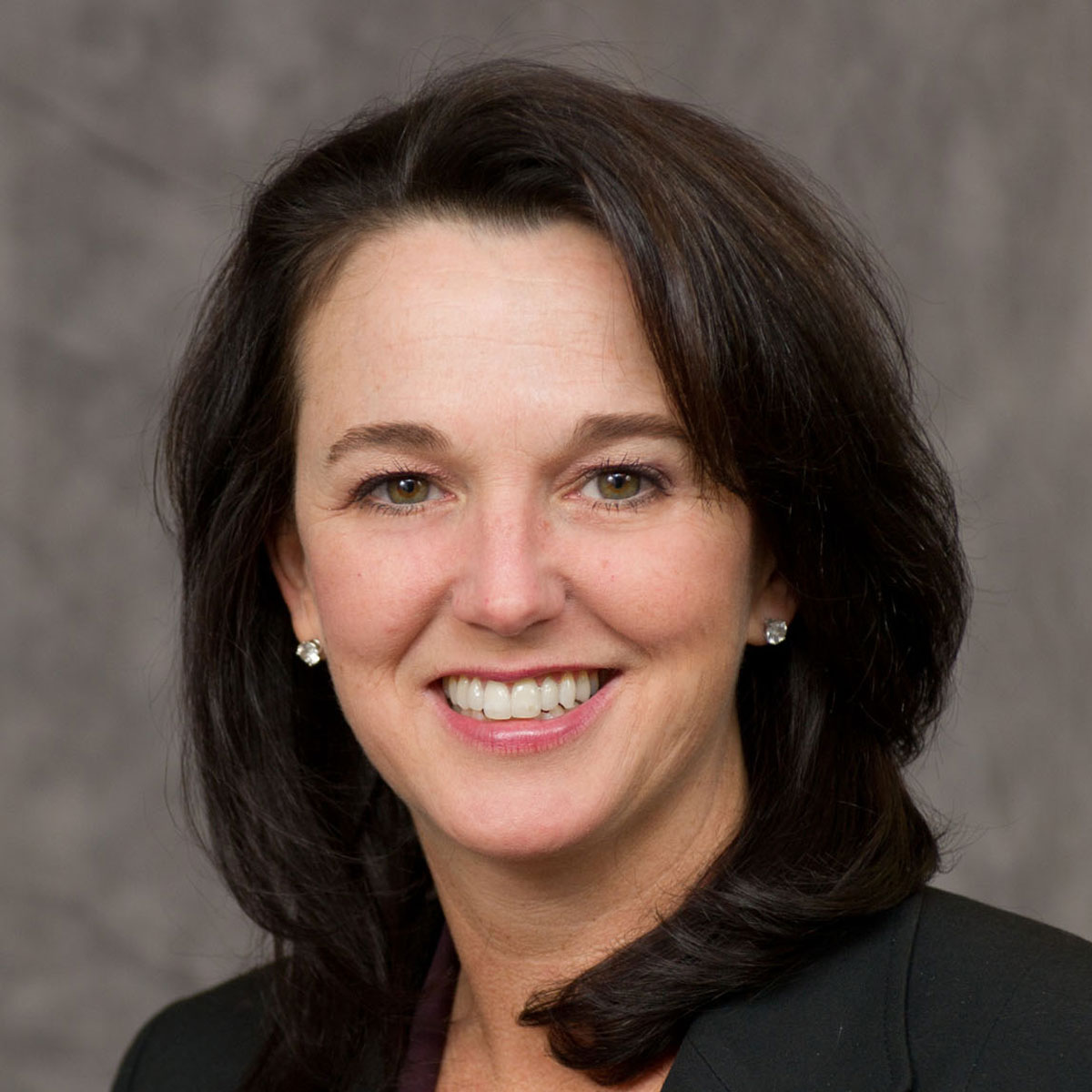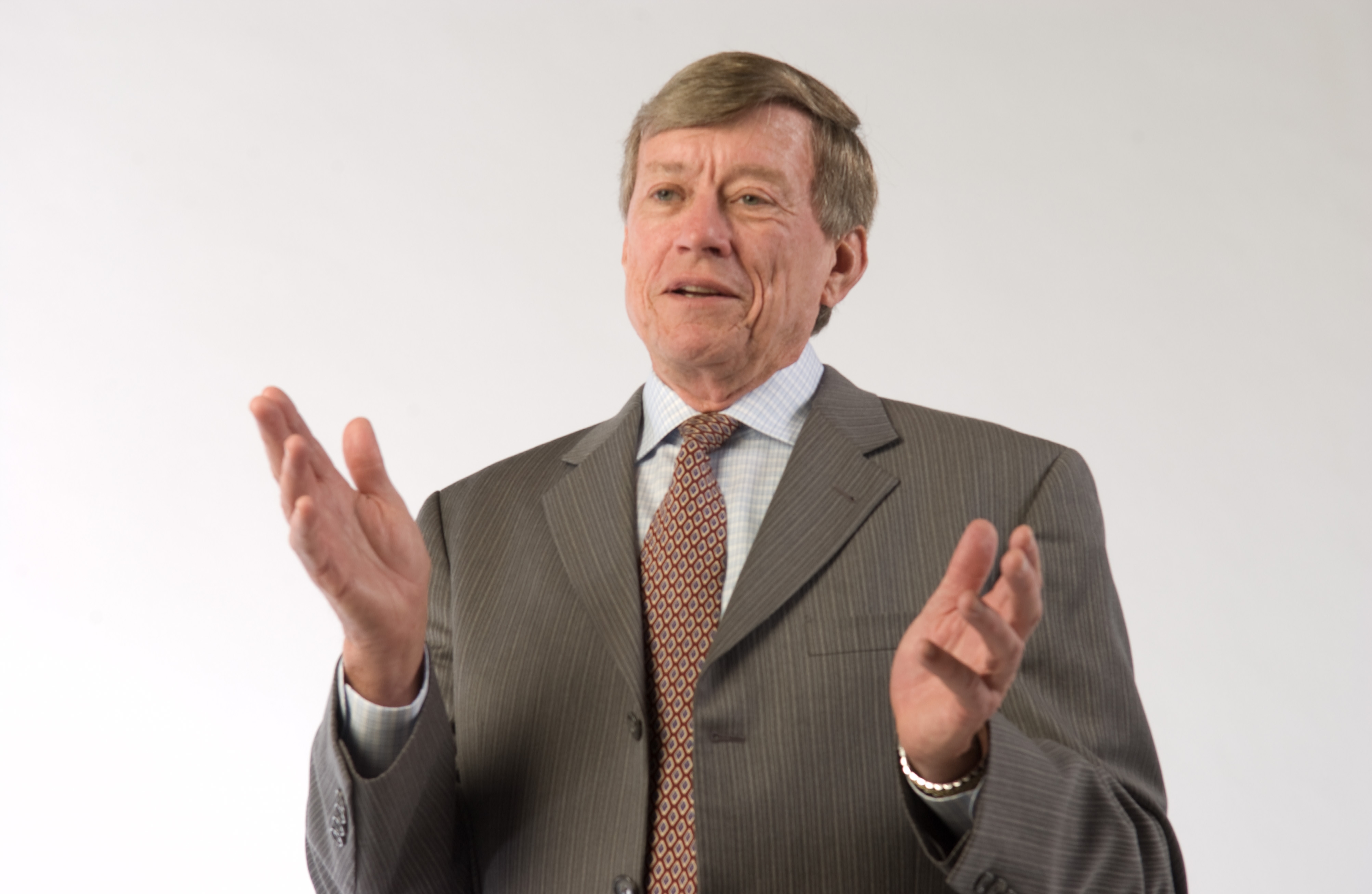By Rachael Maddux
On the map, the Republic of Panama appears as an umbilical arc connecting the southern tip of Central America with the northwestern corner of South America, bordered on its north by the Caribbean Sea and its south by the Pacific Ocean. The country’s population of just more than 3.5 million is spread out over an area roughly the size of South Carolina, an isthmus peppered with shipping ports and bisected by the 48-mile-long Panama Canal.
Trade between Latin America and the United States is growing faster than trade between the United States and Asia, and Panama’s geographic location and existing resources mean it’s poised to become one of the most important trade hubs in the region, if not the world.
At the moment, though, its position is precarious.
Take Panama’s famous canal, for example: First dug out by the U.S. Army Corps of Engineers in the early 1900s, the passageway is, in some places, no more than 110 feet wide—too narrow to accommodate massive modern cargo ships. Those vessels’ containers are often offloaded in one of Panama’s many ports, loaded onto a train, shuttled across the country, then loaded onto another ship waiting at another port on the opposite side. Any snafu along the way can send the supply chain toppling like dominoes.
“Whenever there’s any sort of disruption, containers get backed up,” says Don Ratliff, Regents professor in the Stewart School of Industrial & Systems Engineering and executive director of the Georgia Tech Supply Chain & Logistics Institute. “And when they get backed up, they get delayed, and when they get delayed then you have a big problem because now they miss their ship schedules and they’re late getting wherever they go.”
An eight-year effort is underway to broaden the passageways, but even when that’s done, in 2014, Panama’s internal supply chains—the systems of organization, transportation and communication that keep the physical elements of its economy running smoothly—still will be outdated and inefficient, and the country still will lack the academic and applied knowledge base necessary to keep it competitive among the ever-changing international marketplace. That is, unless Ratliff and the industrial and systems engineers of Georgia Tech have something to say about it.
Georgia Tech’s H. Milton Stewart School of Industrial & Systems Engineering is the largest of its kind in the United States, and it has been recognized as having the top undergraduate and graduate program in its field for 23 years. And in 2010, Tech’s ISyE program brought its world-class logistics know-how to Panama with the founding of the Georgia Tech Panama Logistics Innovation & Research Center, which aims to bolster the supply chain and logistics systems that will power Panama into the future.
The Center also is focused on helping Panama improve its standing with the World Bank, which annually ranks countries in terms of the ease of doing business. For 2012, Panama was ranked at No. 61, but would prefer to be closer to top-ranked Singapore.
It’s a tall order, but Gary May, EE 85, dean of Tech’s College of Engineering, has equally high confidence. “We’ve been the number one program in industrial engineering for more than 20 years, and I think the reason why you become number one is because you are providing solutions that solve challenges that are relevant to worldwide issues,” he says. “My hope is that we will be able to [meet] this particular challenge and lend our expertise and demonstrate why we have the best industrial engineering minds at Georgia Tech.”
Why Panama?
The Georgia Tech Panama Logistics Innovation & Research Center may be the most ambitious of its kind, but it’s not the first of Tech’s international trade outpost endeavors. In 1999, Tech partnered with the National University of Singapore to launch The Logistics Institute-Asia Pacific to promote research and education in the field of global logistics. Tech has since mostly phased out of operations there, but similar research centers followed in San Jose, Costa Rica and Monterey, Mexico.
Ratliff had wanted to get the ball rolling on a Panama center before the launch of the Costa Rica project, but hadn’t established the needed government contacts. In 2009, the Panamanian government changed hands, and plans for the center took off.
Panama City is just a four-hour flight from Atlanta and also is in the Eastern time zone, so there’s less jet lag and fewer middle-of-the-night phone calls with team members; plus the local economy accepts U.S. dollars, and many Panamanians speak English. And in terms of logistics, Panama was the perfect combination of prime location and raw potential, its canal and rail system offering relatively easy access between Asia and the eastern United States, Central America and South America.
“It’s just naturally a good place for logistics,” Ratliff says. “And [the country] has yet to live up to that potential, so it was very intriguing to figure out why, and what it had to do to improve.”
Jaymie Forrest, Mgt 89, managing director of the Georgia Tech Supply Chain & Logistics Institute, puts it more bluntly. “From a logistics standpoint,” she says of Panama, “it’s Disneyland.”
Why Logistics?
According to Gary May, in 2013 the study of supply chain and logistics management has “probably never been more important.”
“What that field is trying to do is optimize the method in which materials and goods are transported from place to place to ensure that they go from their manufacturer to the customer in such a way that it’s seamless and efficient and low cost and on time,” May says. “There can be a significant distance between where materials and supplies exist for a particular product, where it’s manufactured and where it’s ultimately sold on the marketplace. So to get all those materials and supplies into the right place at the right time is a pretty significant undertaking.”
Supply chain and logistics management requires expertise across a variety of fields: trade, transportation, policy, manufacturing. And there are always unknown qualities demanding to be identified; like snowflakes, every supply chain in every country is unique.
“You can’t sit in your office in Atlanta and understand how these supply chains work,” Ratliff says. “If you want to look at what the role of Singapore is or Panama is in global supply chain networks, you have to actually go there and see what’s different about what they actually do—what their functions are, everything about them.”
Academically, the field of supply chain and logistics management is concerned with both the micro level (the most efficient way to stack pallets in a warehouse, for example) and macro level (like the complex interactions between a country’s ports and railways).
“Supply chains and logistics and trade are very closely interrelated,” Ratliff says. “The more efficient [a country’s logistics] capability is, the less friction there is in trading between countries, and the less friction there is, the better the product’s going to move. If you want to improve your trade, then improving your logistics is one of the essential components of doing that.”
Supply chains aren’t something the average person usually has to be concerned with, but they become a matter of great public significance when they are poorly organized, mismanaged or otherwise disrupted. Forrest notes that, because of a scarcity of temperature-controlled supply chain elements within Panama, the country is wasting close to 50 percent of the food that it produces. That lack of cold-chain food supply especially affects the country’s more remote populations, including its indigenous tribes. “If [Panama] can improve [its] logistics performance, even if they could just save 20 percent of that food, they could feed the rest of the country,” she says.
It’s the job of the Center’s team of engineers to ask: If there’s a disruption within the supply chain, what can be done immediately to lessen the impact? After the disruption, what can be done to get everything back on schedule as quickly as possible? What is the best way to amplify capacity? And what’s the best way to work with public officials to determine the priority of a project’s solution?
Most supply chain and logistics work is done in relation to private companies, but one of the many unique aspects of Tech’s Panama Center is that it’s about “trying to figure out how a country can do it better,” Ratliff says. The concepts are the same, but the challenges are different. In the public sector, he says, the major players are elected officials, so the turnover rate is higher than within a private company—and the leadership base isn’t always as accustomed to thinking about their work in the logistics context.
“I believe we’re the only engineering group, maybe in the world, that tries to look at country-level logistics performance and the ideas to improve the ability of private sector companies to have better supply chains,” Ratliff says.
Meet the Pyramid
To maximize Panama’s emerging role in the international trade economy, the Panama Logistics Research Center has developed a three-part plan that interlocks and builds upon itself, each element—research, education, competitiveness—integral to the rest. Ratliff thinks of it as a pyramid, with research as the foundation, education the middle rung, and competitiveness the pinnacle.
The research aspect has been underway since Tech first established itself in Panama and began to ask the most basic questions: What is the country’s supply chain system like? What are all the elements, the moving parts? What works? What doesn’t?
The education component allows Panamanians to become involved with that research, to both directly benefit from it and carry it forward. The Center itself offers two professional certifications, Principles of Supply Chain and Logistics and the Lean Supply Chain series, both three-module programs aimed at quickly developing human capital to support the country’s burgeoning logistics needs. And Tech has partnered with local Panamanian universities to offer dual master's degrees through a combination of university coursework in Panama, online coursework with Tech professors, a semester in Atlanta and a capstone project completed back on the ground at the Center. As those students move through the programs, their work generates more research, more data to funnel into the knowledge pool.
As more is learned about the supply chain logistics in Panama, more can be done to improve them. And as more Panamanians graduate from the Tech program, they’re better equipped to work toward that improvement themselves.
Boots on the Ground
Pablo Achurra, MS SCE 11, is a graduate of the dual master’s program. His capstone project on “Panama’s ocean containerized connectivity” complemented the Center’s research agenda, and he was hired as a research engineer upon the completion of his degree. A year and a half into his stint at the Center, he’s collaborating with the Inter-American Development Bank on a project relating to port performance and connectivity in Central America and the Dominican Republic.
“Some projects have expanded from a Panama-only scope to a regional scope. Methodologies and problem-solving techniques developed for Panama are applicable to other countries with similar logistics issues,” he says. “This is a win-win situation because it facilitates future improvement of regional logistics performance and even integration.”
Yuritza Oliver has been a senior research engineer at the Center for a little more than two years. “At the beginning, in order to comply with our research agenda, we needed to request information in many places and knock on doors, since people did not know that much about the Center,” she says. Now, though, as knowledge of the Center’s purpose and reputation have spread among those higher-ups, she says, “Sometimes they’re even the ones looking for us.”
Bridging the gap between the research and competitiveness components of the Center’s pyramid is a cabinet of some of Panama’s most influential players in the technology and transportation industries. Among them are Jose Barrios Ng, MS EE 71, deputy administrator of the Panama Canal Authority; and Roberto Roy, ME 69, MS IM 71, secretary of Metro, Panama’s countrywide public transportation system. Panama’s vice president, Juan Carlos Varela, is also a Tech alumnus (IE 85) and has been supportive of the Center.
The center’s research engineers provide analytics and data-derived concepts to the cabinet, whose members are in a position of power to act on those suggestions. “It’s the first time that we’ve been involved with that level of activity,” Ratliff says, “where you’re not only trying to do the research and the education, but you’re trying to help the public sector understand what they need to do.”
Look to the Future
So far, one of the Center’s most visible accomplishments has been the development of the Panama Logistics Portal (logistics.gatech.pa), an extensive, open-access repository for the data gathered by researchers. It’s open to Panamanian officials, industry leaders, potential trade partners—even just curious internet users who want to gawk at video of cargo ships moving through locks in real time or fiddle around with the seemingly endless scalable maps.
In many ways, though, it’s too early to speak of the Center’s major successes or predict what its future may bring. Ultimately, it all depends on how Panama’s industry leaders choose to utilize the knowledge and the skilled workers the Center produces.
One way to measure the success is a tally of how many other countries call Ratliff and his team to see about installing a center on their own turf. Recently he’s heard from industry leaders in Argentina and Chile interested in forging a partnership with the Institution similar to Panama’s and Costa Rica’s. He’s had to shuffle those projects to a wish list, for now, but he recognizes that Tech is in a unique position.
“Most countries want to improve their exports, and poor logistics is a barrier. And so they’re very interested in what we do,” Ratliff says. “When it comes to logistics and trade, I don’t believe there’s another university anywhere that has comparable knowledge. If you look at people who do research in trade, they’re mostly economists—they’re not engineers.”
For all its success so far, the Panama center is still an experiment, and one at the mercy of SENACYT, Panama’s equivalent of the National Science Foundation, which partly funds the center. It could always pull the plug, leaving Ratliff and his team no choice but to pack it up and apply what they’ve been able to learn in Panama to their next overseas foray. But the director feels confident about the Center’s mission and its future.
“You’re going in, and if you’re providing value then you stay, and if you’re not providing and getting value then you do something else,” he says. “But I think we’ve just sort of scratched the surface.”
(This article first appeared in the Georgia Tech Alumni Magazine, Volume 89, No. 1, 2013)


